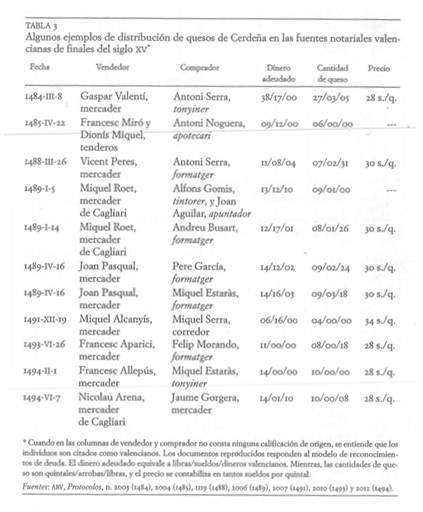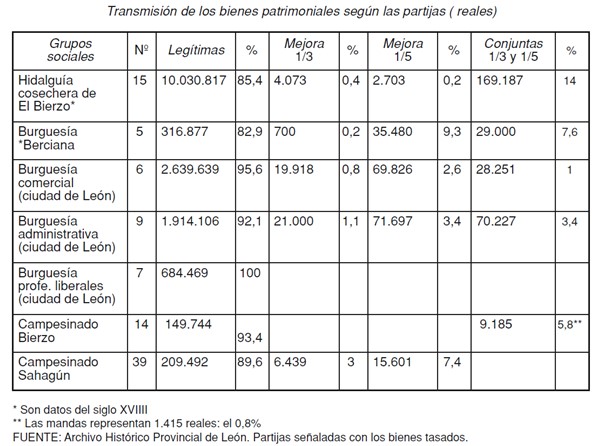
In the Sierra del Alcaraz area of the 18th century, property was unequally distributed among the number of owners. The inequality between large and small landowners was also affected by another factor: age. Ownership and the life cycle of the individual are intimately linked in the family environment: while the parents acquire land, the children work on it as helpers. When they reach the age of 35 to 55, the stage of greatest accumulation of property takes place; their parents, already in the final years of their lives, give them the land so that they can perpetuate themselves in the family. However, until the time of their death, those over 55 years of age will continue to concentrate their wealth. Of the owners over this age, 25.7% are counted as medium-sized owners, compared with 23.4% who had no real estate, a not insignificant figure, which only increases from the age of 65 onwards with 35.5%. This trend in medium-sized property ownership contrasts with the dynamics of small and large estates. Thus, among small property owners, those between 35 and 44 years of age stand out most, and large property owners between 45 and 54 years of age.
Collection: Statistics
Project: 3. Rural world and urban world in the formation of the European identity., 4. Family, daily life and social inequality in Europe.
Chronology: XVIII
Scope: Secondary Education, Baccalaureate, University
Resource type: Statistics
Format: Table
Source: García González, F. (2000). Las estrategias de la diferencia. Familia y reproducción social en la Sierra. (Alcaraz, siglo XVIII). Madrid: Ministerio de Agricultura, Pesca y Alimentación, p. 225.
Language: Spanish
Date: 2000
Owner: Pablo Ballesta Fernández (Modernalia)
Copyright: ©Ministerio de Agricultura, Pesca y Alimentación ©Francisco García González
Abstract: Heritage and life cycle in land ownership and work in the Sierra de Alcaraz (Albacete), highlighting the unequal distribution of land and the children's care work for their parents.
Tags







